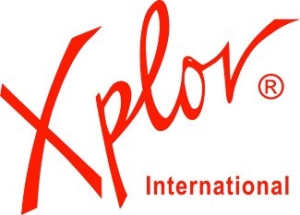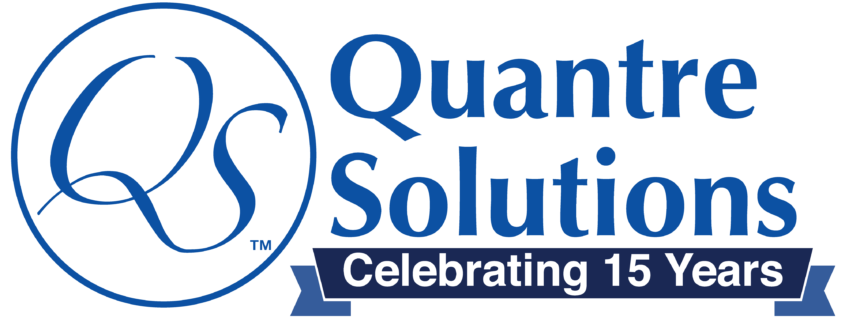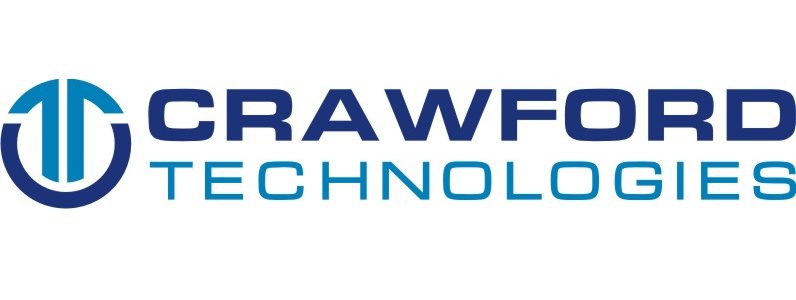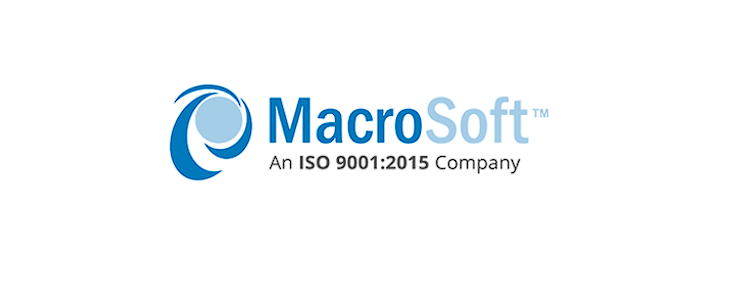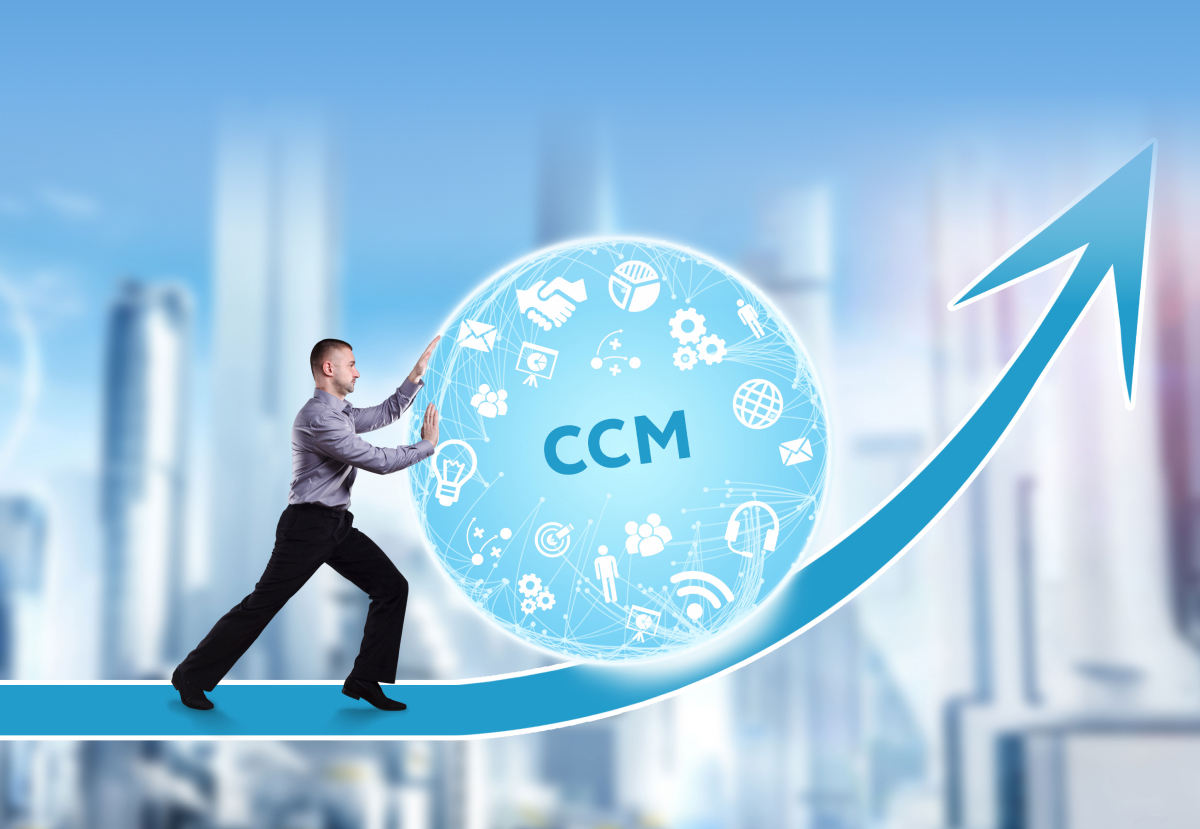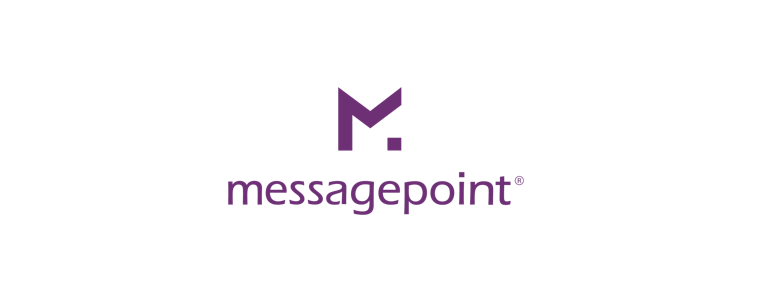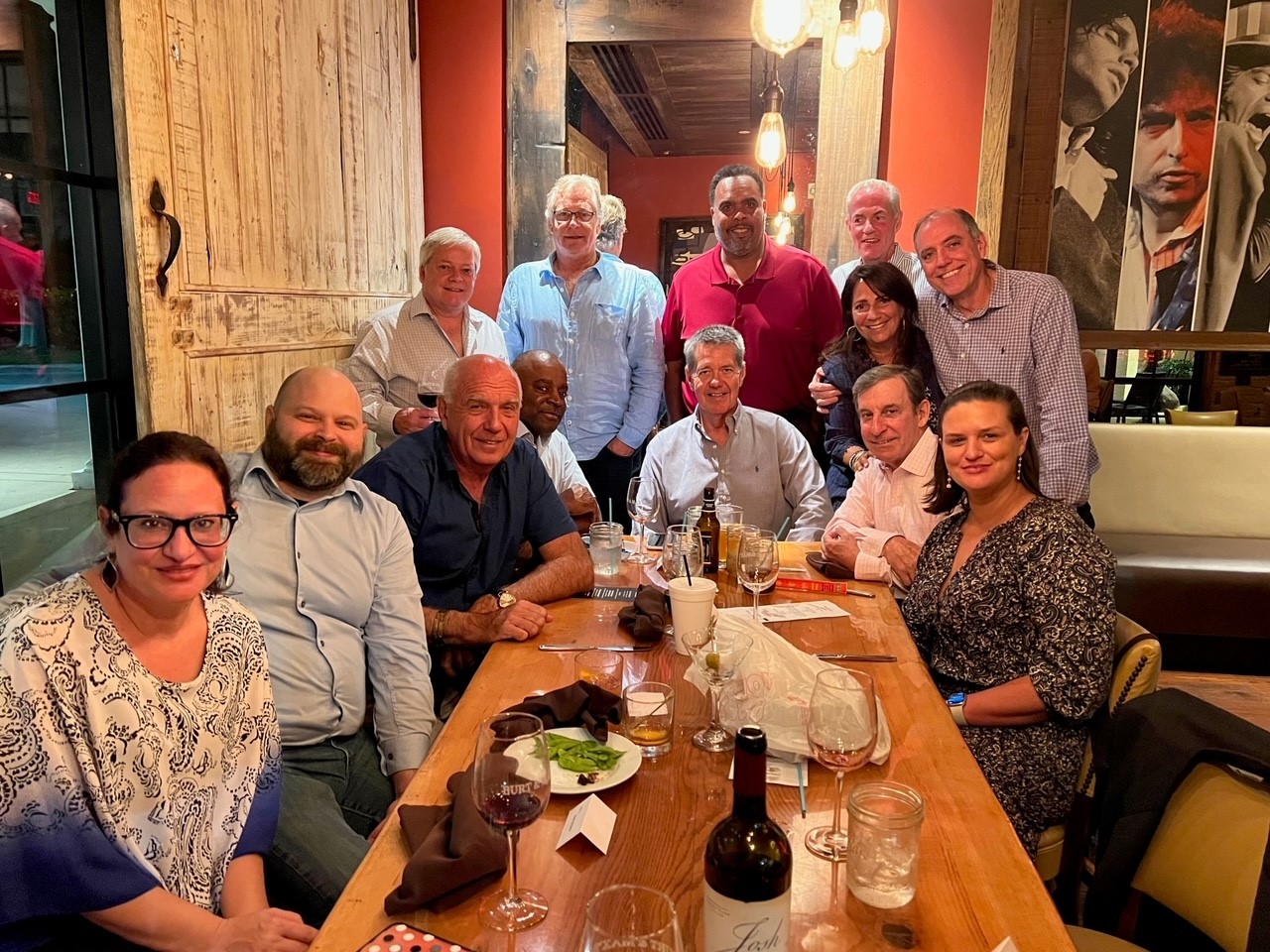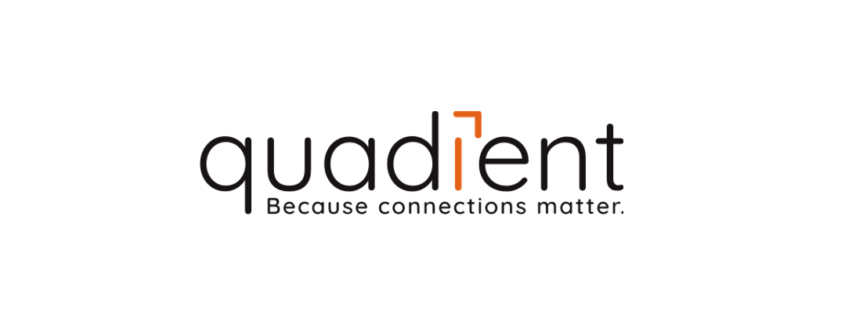
(Quantre Solutions, created with MidJourney, 2023)
In 2023, I attended Xplor’s CCM Summit, where I shared insights on how Artificial Intelligence (AI) and Robotic Process Automation (RPA) are being used in Customer Communications Management (CCM) and Customer Experience Management (CXM). My presentation, “AI and RPA to Help Process Automation,” was one of two sessions exclusively focused on this topic. Generative AI was also mentioned during multiple other sessions, highlighting the importance of this novel technology in delivering personalized, relevant, and engaging customer experiences. This article aims to present the case for Generative AI to be added to modern CCM/CXM platforms to support the delivery of customer messaging and experiences, like what I presented at the Xplor event.
Request access to Quantre Solutions 2023 Xplor Presentation AI and RPA to Help CCM Process Automation at http://go.quantre.com/xplor23.
The Economic Potential of Generative AI and CXM
Recent research by McKinsey Digital shows that Generative AI could add $4.4 trillion to the global economy annually (McKinsey Digital, 2023). This research identifies that 75% of the economic value added will come from Customer Operations, Marketing/Sales, Software Engineering, and R&D. Based on McKinsey’s use cases, our CCM/CXM industry can gain an estimated $1.5 trillion annually from generative AI, which is more than digital transformation project spend. However, we must take the lead in delivering AI services for customer content messaging. Otherwise, IT-centric service providers will take over and cause another silo-managed and segmented customer experience.
Xplor’s Preparation for CCM’s AI Evolution
For many years, Xplor International conferences have been helping professionals understand how to take advantage of digital transformation opportunities. Attendees learn about industry trends, insights, strategies, and new methodologies and technologies that can support digital transformation projects. At the 2023 Xplor conference, vendors showcased their use of AI in the latest product features.
Accurate and relevant responses require Generative AI to access significant data and content. Experts like Brian Cox with RR Donnelley and Jeff Williams with OpenText have emphasized the importance of personalized content that resonates with consumers during the Xplor conference. They suggest that strategic content management, which aligns with customer expectations, is crucial. During the 2018 conference, Cox discussed that the primary need of customers is personalized content, followed by the integration of content silos and the efficient use of content (Cox, RR Donnelley, 2018). In 2012, Williams discussed the significance of making content relevant to consumers and ensuring channel relevance for customer communications experiences (Williams, OpenText, 2012).
Xplor sessions have emphasized the significance of content management techniques to ensure quality, relevance, and personalization. These principles have become even more crucial as we upgrade our traditional multi-channel communications to omni-channel experiences using AI.
The Heart of CX: C.O.D.E.
Our CCM industry specializes in delivering customer experiences across multiple channels in industries with regulations. Our expertise includes creating business content and rules, using composition tools, and workflow engines. We have strong data privacy practices, content segmentation, and automated quality assurance to handle complex tasks within regulated industries.
Companies that want to use Generative AI to communicate with their customers across various delivery channels must manage content and data effectively. These include data corpora and custom knowledge bases that help the AI generate appropriate messages. To introduce Generative AI channels, companies must replicate industry best practices models such as Create Once, Distribute Everywhere, or C.O.D.E. (Broadridge Financial Solutions Inc, 2017). Evaluating current CCM/CXM capabilities before adopting new Generative AI delivery channels is essential. An ecosystem assessment can help companies understand the maturity of their current capabilities.
When implementing Generative AI services, it is essential to consider doing so within the customer communications platform. Separating these services would be like having digital communications not connected to print communications. This approach aligns differently with modern Omni-channel communication goals, creating disconnected customer channel experiences.
Adding Retrieval Augmented Generation AI to CCM
Retrieval Augmented Generation, or RAG (Microsoft, 2023), is a highly advanced AI system that enhances the capabilities of Large Language Models, or LLMs. It works by providing access to a custom knowledge base, which is used to inform the LLM’s responses. By prioritizing the custom content over general LLM-trained content, RAG improves the quality of the AI response for the user. The custom knowledge base is carefully selected to match the specific scope of the AI project, enabling the system to find relevant data and facts more effectively.
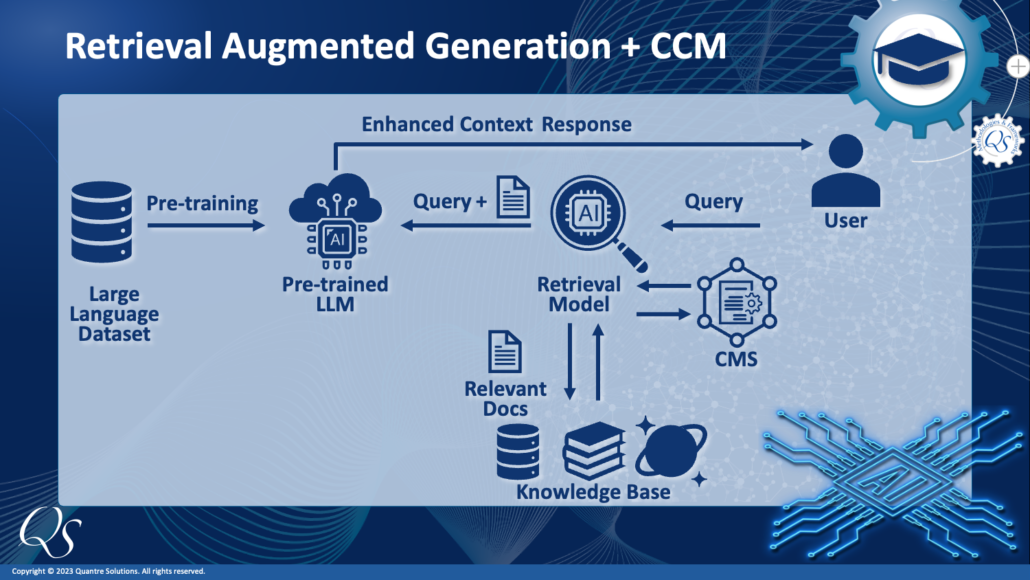
(Quantre Solutions, 2023)
Our CCM industry is primarily responsible for managing and publishing knowledge-based content. This content is often used for customer communications, websites, and customer service response libraries. The CCM platforms are ideal for supporting Generative AI with the RAG framework. Combining the RAG framework with CCM can significantly improve the quality and relevance of AI-generated customer interactions.
CCM + RPA + RAG = CXM
A sophisticated data model is required to deliver Generative AI messaging channels for an organization with multiple clients, lines of business, and products. Although siloed solution designs are not commonly accepted in the CCM industry, siloed custom knowledge bases with RPA can deliver the desired accuracy to meet our goals (Forrester Research, Inc, 2023). With RPA business rules and siloed knowledge bases, organizations can deliver a targeted and quality Generative AI customer experience.
The approach is not a theoretical model but a proven methodology in the CCM industry for managing content and business rules across an organization or by service providers supporting multiple clients for generating and distributing customer communications and messages.
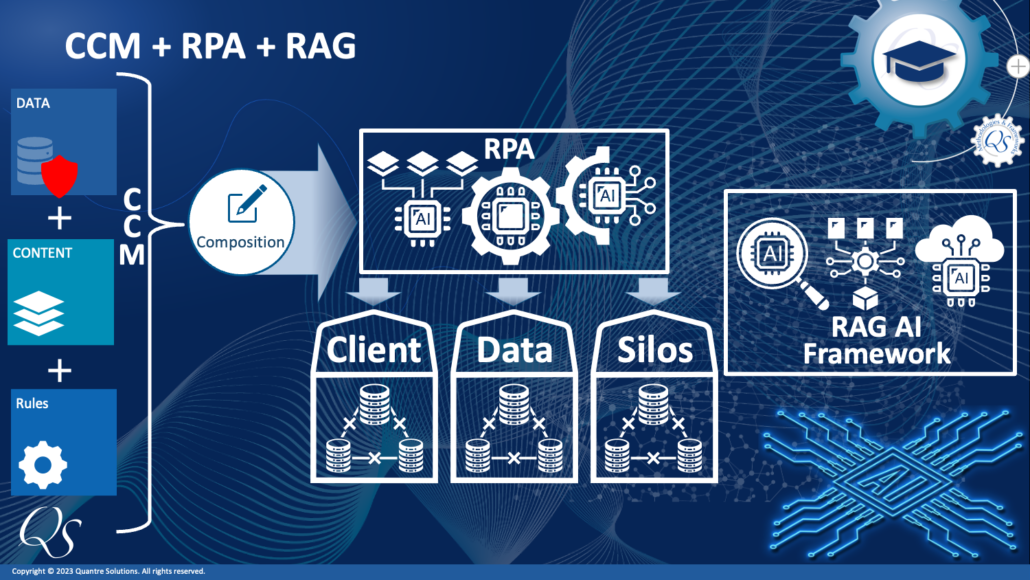
CCM + RPA + RAG
Customer Communications and AI Strategic Integration
As customer expectations change, companies must stay ahead by adopting and refining new technologies. When considering the implementation of AI, it is vital to use it effectively as a channel and touchpoint to meet customers’ self-service needs with meaningful interactions without introducing redundant capabilities within existing CCM platforms. The future of CXM relies on our ability to continuously innovate and ensure that our communication strategies are as dynamic as the customers we serve.
About Quantre Solutions
Quantre Solutions offers consulting and services related to customer communications management. The company has expertise in designing and updating CCM workflow solutions, conducting ecosystem assessments, and formulating client onboarding strategies. In early 2023, Quantre launched CxStrategizer, a tool that utilizes AI and process automation to analyze customer communications. The platform is powered by advanced AI technologies from Semantex, Microsoft Azure AI Services, and OpenAI, and it automates the analysis process to categorize, measure, and report on modernization strategies that can benefit customers during service provider migration projects. Quantre’s extensive experience integrating AI and using LLMs in CxStrategizer for multi-client service providers formed the basis of the company’s 2023 Xplor session and this article.
Quantre Solutions is the only industry consulting firm with multiple EDP certified industry professionals. Learn more about Quantre Solutions and our EDP certified professionals at www.quantresolutions.com.

Scott Mulkey, M-EDP
COO & Partner
Quantre Solutions
Citations
Broadridge Financial Solutions Inc. (2017). Transforming the Participant Experience. Retrieved from broadridge.com: http://www.broadridge.com/_assets/pdf/broadridge-transforming-the-participant-experpience-2017.pdf
Cox, B, RR Donnelley (2018). Architecture Required for a Customer Experience Management Platform. Xplor International Conference.
Forrester Research, Inc. (2023). Forrester Glossary. Retrieved from Forrester Glossary: http://www.forrester.com/staticassets/glossary.html
McKinsey Digital. (2023, June 14). The economic potential of generative AI: The next productivity frontier. Retrieved from mckinsey.com: http://www.mckinsey.com/capabilities/mckinsey-digital/our-insights/the-economic-potential-of-generative-ai-the-next-productivity-frontier#industry-impacts
Microsoft. (2023). Retrieval Augmented Generation (RAG) in Azure AI Search. Retrieved from http://learn.microsoft.com/: http://learn.microsoft.com/en-us/azure/search/retrieval-augmented-generation-overview
Quantre Solutions, created with MidJourney. (2023). Futuristic AI Robot created with Midjourney and licensed vector Adobe Stock. Retrieved from MidJourney: http://go.quantre.com/x23ai1
Williams, J, OpenText. (2012). Seamless Repository Integration with Electronic Document Output. Xplor International Conference.
